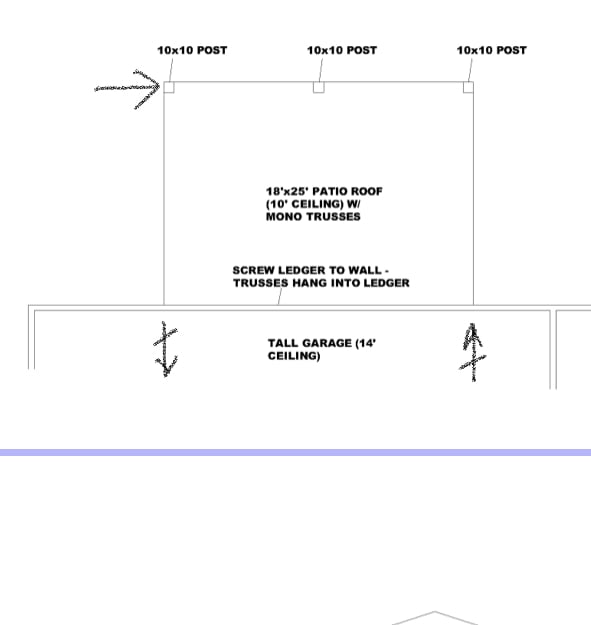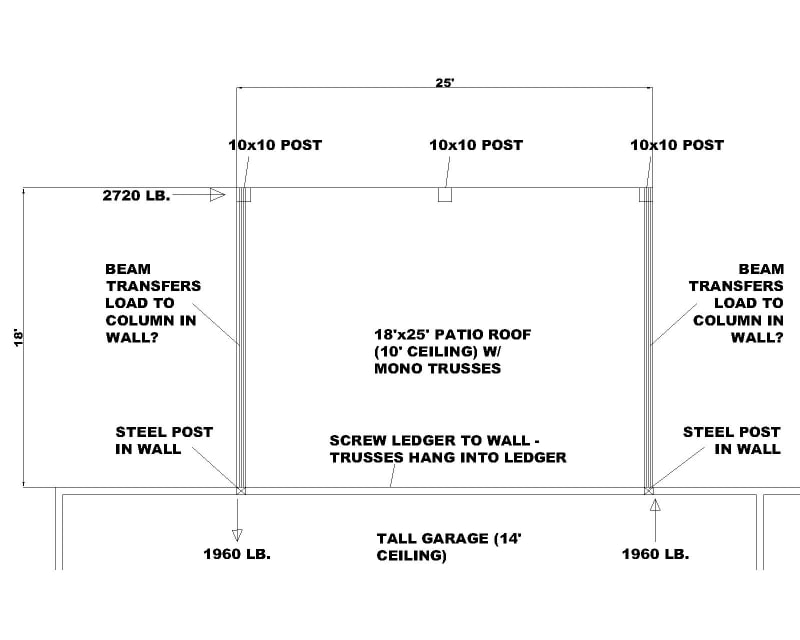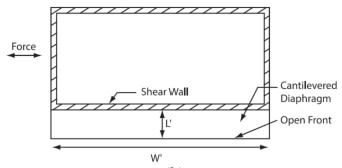I already did the engineering for this residence a few months ago. The contractor has come back complaining about my design as it's not what he's used to seeing in this area. In his defense, he is correct about what I spec'd out not being the norm. What I did was engineer these three columns at this covered porch as cantilever steel columns. What he wants to do is have them be 10x10 wood columns.
We are in SDC D. In my mind I can't imagine how the lateral forces for this covered roof can be taken care of using wood columns, but I have a feeling that I am going to get bullied into changing them. Do you all have any ideas for how a wood column design could work? Options I can think of...
- Embedded posts: I don't like this idea (water issues). Also, I don't know how to analyze an embedded post system. Any references for how to do this?
- Knee braces at the columns: Owners don't want knee braces. Also, as others have pointed out in other threads, knee brace calcs don't ever work out.
- Knife Plate Connection at the bottom: Haven't done this before. No idea if this provides the needed fixity, and not sure how to analyze this either.
Most other engineers in my area would call these posts out as 6x6 columns without knee braces, and with standard post bases at the bottom. Are they crazy? Am I crazy?
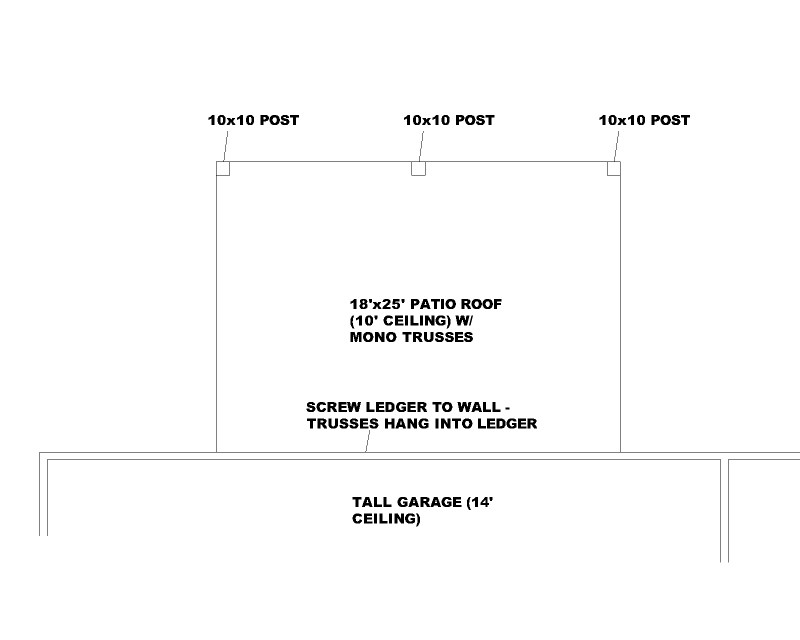
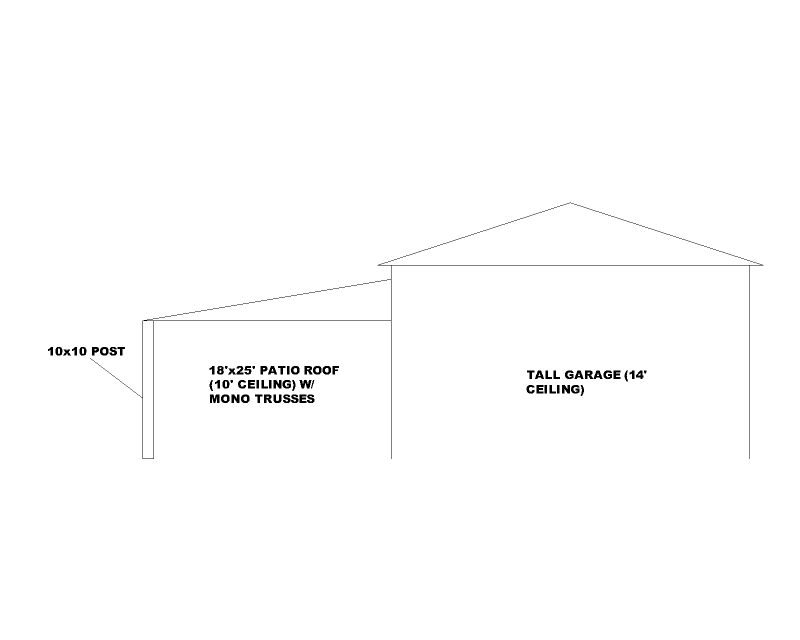
We are in SDC D. In my mind I can't imagine how the lateral forces for this covered roof can be taken care of using wood columns, but I have a feeling that I am going to get bullied into changing them. Do you all have any ideas for how a wood column design could work? Options I can think of...
- Embedded posts: I don't like this idea (water issues). Also, I don't know how to analyze an embedded post system. Any references for how to do this?
- Knee braces at the columns: Owners don't want knee braces. Also, as others have pointed out in other threads, knee brace calcs don't ever work out.
- Knife Plate Connection at the bottom: Haven't done this before. No idea if this provides the needed fixity, and not sure how to analyze this either.
Most other engineers in my area would call these posts out as 6x6 columns without knee braces, and with standard post bases at the bottom. Are they crazy? Am I crazy?



